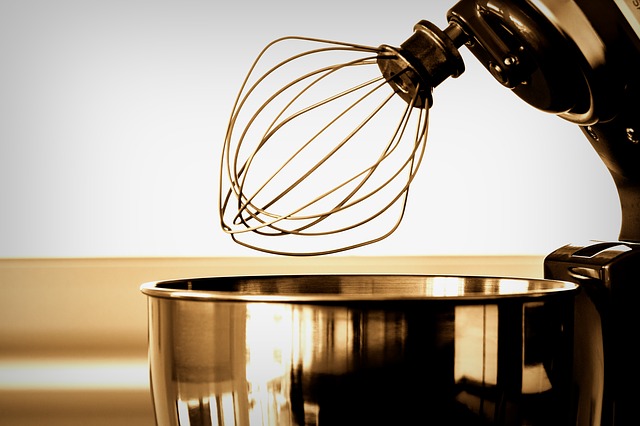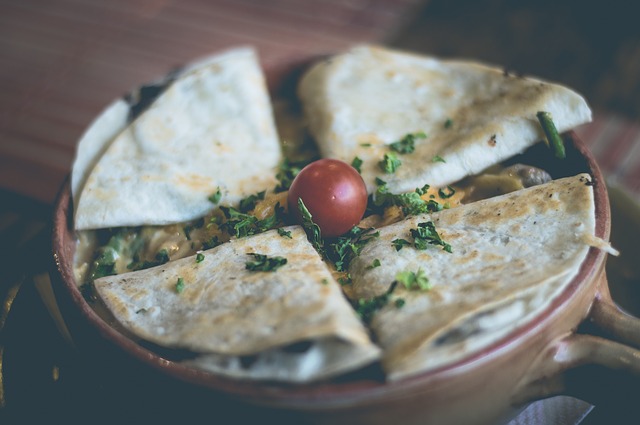The summer months are gone for much of the globe but you still want to grill delicious steaks, especially around the holidays. The grilling of a T-bone steak or a porterhouse is an art and delicate dance, but it’s a simple art. Anyone can do it!
However, certain steps and processes need to be followed and allowed to play out for your steak to be absolutely, mouthwateringly delicious. So without further ado, the amount of the following steps to a fantastic grilling guide for perfecting your T-bone and porterhouse steaks.
Step 1: Choosing a Right Cut
The first step of the process is choosing the proper cut of steak. There are many different cuts of steak one can choose from but for the matter of this piece, we’ll simply distinguish the T-bone from the porterhouse cut.
T-Bone
The T-bone (and the porterhouse) comes from the short loin section of the cow, which is right behind the ribs section of the cow and above the flank section.
The tenderloin protrudes into the short loin section. This is important because the ratio of the tenderloin to the short loin in the cut is what determines its cut designation.
The T-bone comes from the front of the short loin. This means that the filet/tenderloin section of the steak is smaller than the strip of the T-bone. The tenderloin must have a width of at least 0.5 inches to be considered a T-bone.
Porterhouse
The porterhouse cut is always a T-bone steak, but not all T-bone steaks are porterhouses. That’s because porterhouse cuts have a technical designation, which says that the tenderloin must be at least 1.25 inches wide.
Choosing the Cut
First, porterhouse cuts are almost always more expensive than T-bones. If you’re watching your budget you should choose a T-bone. That being said, if you ever come upon T-bones and porterhouses that are priced similarly, choose the porterhouse as you’ll get a more delicious tenderloin filet.
Also, note that porterhouses are slightly tougher to get right than T-bones.
Step 2: Prepare Steak
Now that you’ve made your choice between the porterhouse and T-bone cuts, it’s time to prepare the steak for grilling. Unlike other foods, prepping steaks for the grill is really quite straightforward.
First, you want to remove the steak from the fridge and allow it to rest for roughly an hour to bring it to room temperature. Before allowing it to rest, however, you’ll want to salt the steak on both sides.
The salt will draw the water from the steak as it comes to room temperature and then be re-absorbed along with the water around the one-hour mark of sitting at room temperature.
If you opt to not salt the steak when you remove it from the fridge, you should wait until roughly 10 minutes before you’re ready to grill it, otherwise, there won’t be time for the water to be re-absorbed, leaving you grilling a dried out steak, which will always lead to ruin.
Additionally, you can season your steak with pepper, onion, garlic seasoning, or whatever your favorite steak seasoning may be. Be careful not to overdo it though because the steak has its own flavor profiles you’ll want coming through in each bite.
Step 3: Prepare Grill
The next step is prepping the grill, which you can do around the middle point of the steak coming to room temperature. Grilling your steak requires a lot of heat.
You can use any grill you want, but the grill should be capable of reaching anywhere from 500-650º F.
Turn on the Burners
First, you need to fire up the burners on high. Allow the grill to reach its max heat or around 600º F.
Clean the Grates
Once you’ve reached this point, you should brush the grates of your grill with a wire brush to remove any residue from past grilling sessions.
Oil the Grates
Instead of oiling your steak upon removing it from the fridge, you can oil your grilling grates. Once the grill has reached max heat and been wire brushed, you’ll want to brush vegetable oil or another high-heat oil on the grates – LIGHTLY.
Then you should turn the grill heat back up for another 10 minutes or so. The grill will most likely smoke, that’s because the oil is creating a non-stick seasoning on the grill.
At this point, your grill is prepared for the steak.
Step 4: Choose Doneness and Let it Burn!
Now is the time to cook the steak to your preferred doneness level. The level of doneness is determined based not the internal temperature of your steak.
Here is a quick doneness level temperature guide:
- Extra Rare: 115-120º F
- Medium Rare: 130-140º F
- Rare: 120-130º F
- Medium: 140-150º F
- Medium Well: 150-155º F
- Well Done: 160-200ºF
After you’ve decided on a doneness level, turn off the right side burners of your grill but leave the others relatively high.
Now, place your T-bone on the grill grate with the tenderloin filet side on the same side as the turned-off burners. This is necessary because this softer meat will cook too fast over the flame. If you prefer criss-cross patterns on your steak, place the steak on the grate diagonally.
Next, allow the steak to cook for four to five minutes. If you’re going for criss-cross grill marks, grill for roughly two minutes and then rotate diagonally and cook for another one and a half minutes.
Now it’s time to flip and repeat the four to five minutes or two and then one and a half minutes process you just followed, depending on which process you’ve chosen.
Once that is done, turn off all of the burners, leave the steak on the grill, and close the lid. Now is the time to wait until the internal temperature of your steak reaches your desired doneness. To do this, you should use an internal temperature thermometer. Being precise is the only way to achieve the proper doneness level.
Step 5: Removing Steak
Now that your steak has reached its proper doneness level, you can pull it from the grill. After pulling it from the grill, the steak needs to rest for at least 10 minutes before cutting/slicing.
This is because the meat and cells in the meat release their liquids while the steak is cooking. If you cut into the steak immediately upon pulling it from the grill, all of the juiciness and liquids will flood out of the meat.
Allowing the steak its proper resting time gives the meat time to re-absorb a lot of those liquids and retain its juiciness and flavors.
In conclusion, grilling a T-bone steak is a simple but precise process. Anyone is capable of grilling a phenomenal steak when following the proper steps and processes that we’ve covered here.
No matter the season – holidays, spring, summer, etc. – grilling your T-bone to perfection has never been easier. Whether you’ve chosen the T-bone or porterhouse cut, follow the steps for proper grilling and you won’t be disappointed!
There’s no denying that cooking on an electric grill requires different attention compared to a gas or charcoal grill. You can still achieve a quality steak, however. If you are unsure how to do this, take a look at these X must-know tips.
Tip 1: High Heat
As electric grills are designed for easy use indoors, they are not known to get as hot as their larger gas and charcoal counterparts.
However, some can achieve high heat soaring past 500°F, which is enough to effectively cook a good steak.
When you pre-heat the grill, you always want to turn the heat settings to the highest possible as that will give you a better chance of getting a nice sear on the steak.
Otherwise, your steak may not look the way you’d like nor cook to the temperature you want inside.
Tip 2: Pay Attention to the Thickness of the Steak
Always check the thickness of your steak before you cook it. This will determine how long you can leave it on the grill without having it well, well done.
Thinner steaks can be done in less than two minutes on each side. Meanwhile, with thicker cuts, you may want to leave it on one side for 4-5 minutes before turning. Be sure the grill heats evenly too so there are no cold spots.
Tip 3: Rotate the Steak
Since electric grills aren’t known to always sear that well, it may help to rotate the meat around on the hot grate for browning purposes.
Depending on how powerful your temperatures are, the time can vary, so be sure to check often so you don’t overcook the meat.
Tip 4: Remember the Drip Tray
One of the best things about an electric grill is that clean-up is usually simple. This is largely helped by the drip tray, so always remember to slide it in if it isn’t already integrated into the unit.
Steaks can leave quite a mess with the fat and grease draining off, so if you don’t want to spend a long time cleaning up afterward, especially if used as a camping grill, then remember the drip tray.


